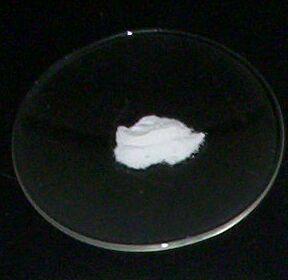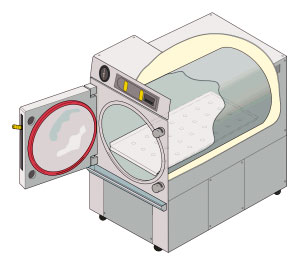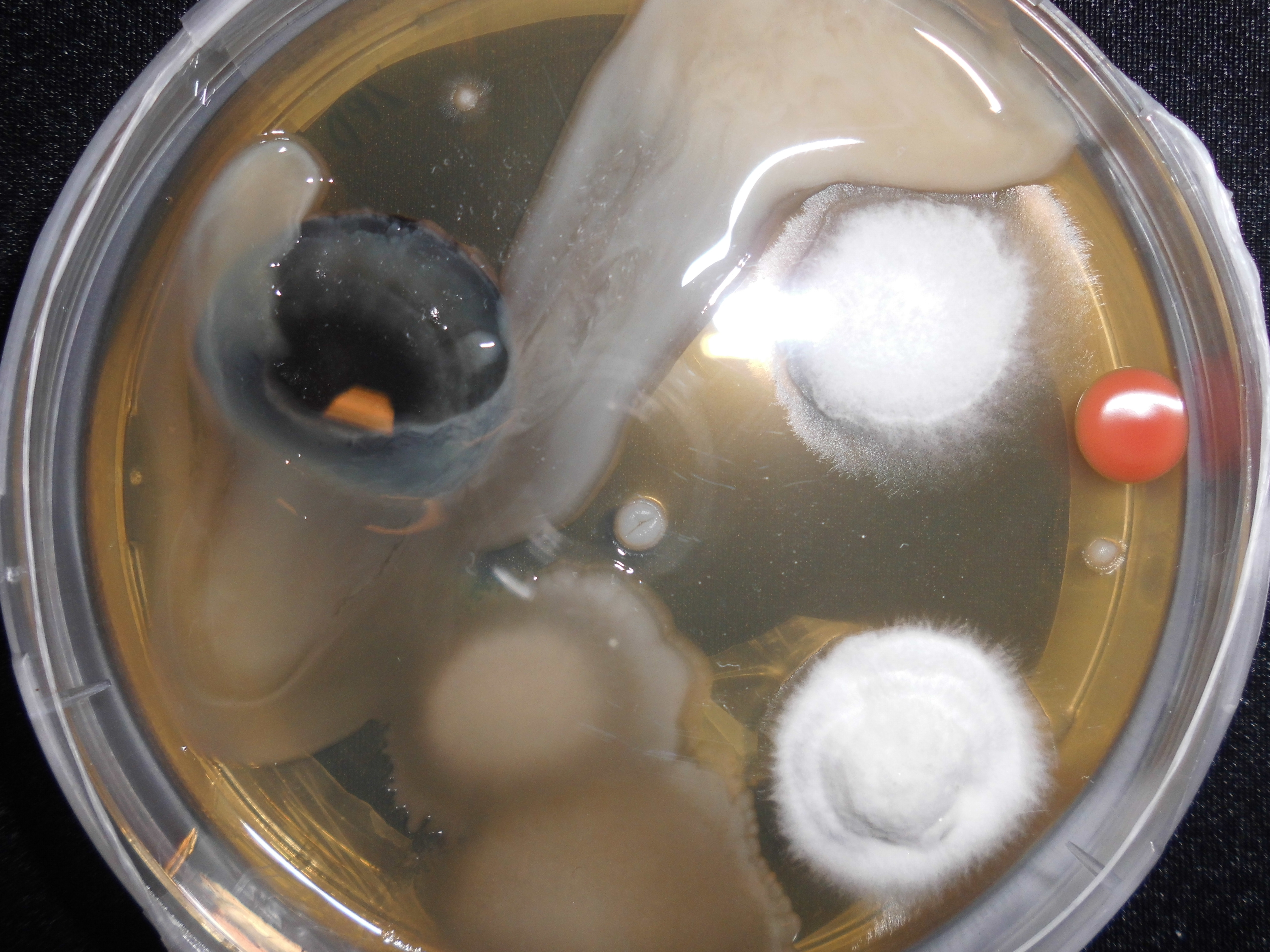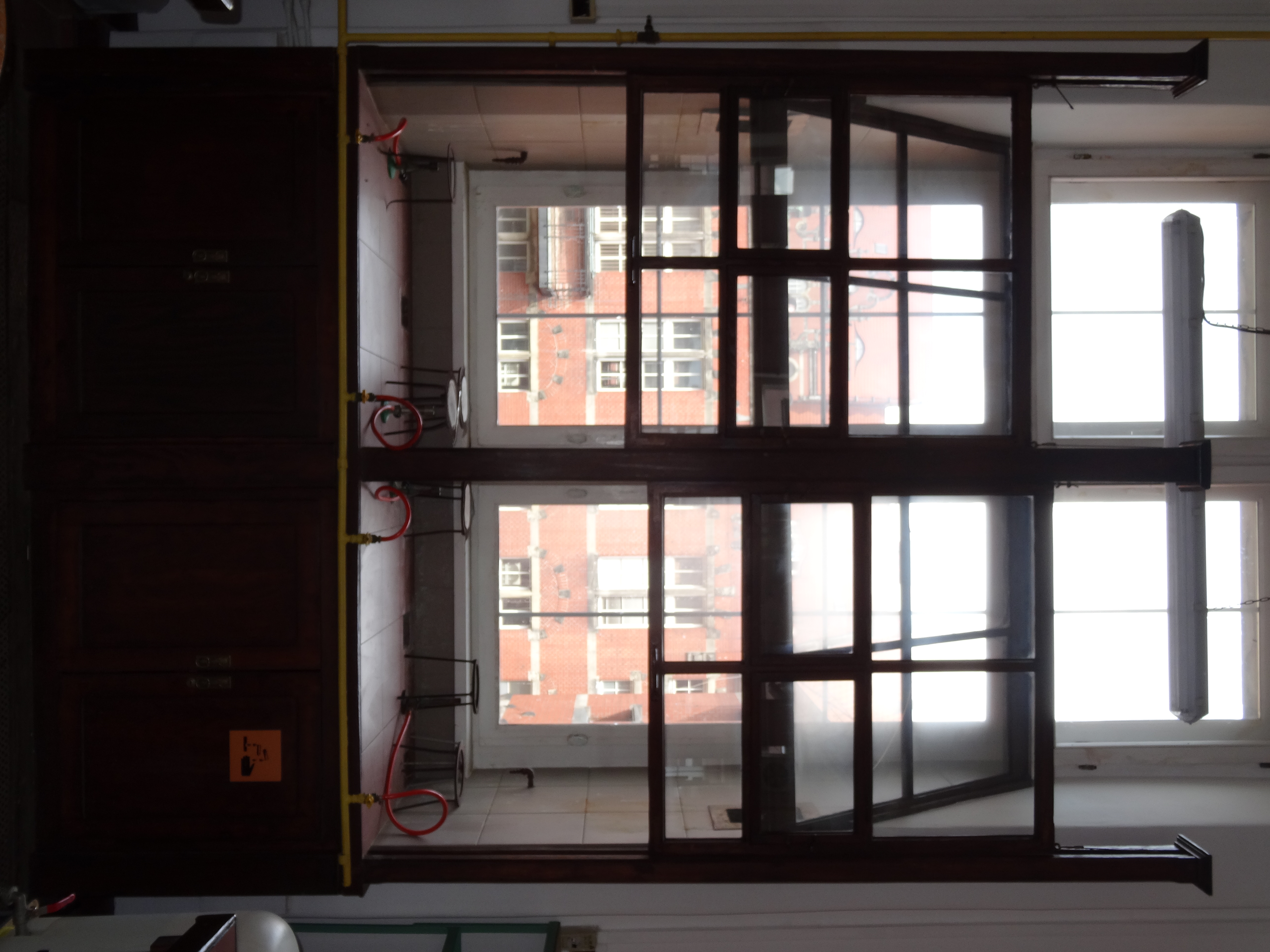|
Watch Glass
A watch glass is a circular concave piece of glass used in chemistry as a surface to evaporate a liquid, to hold solids while being weighed, for heating a small amount of substance, and as a cover for a beaker (glassware), beaker. When used to cover beakers, the purpose is generally to prevent dust or other particles from entering the beaker; the watch glass does not completely seal the beaker, so gas exchanges still occur. When used as an evaporation surface, a watch glass allows closer observation of Precipitation (chemistry), precipitates or crystallization. It can be placed on a surface of contrasting colors to improve the visibility overall. Watch glasses are also sometimes used to cover a glass of whisky, to concentrate the aromas in the glass, and to prevent spills when the whisky is swirled. Watch glasses are named so because they are similar to the glass used for the front of old-fashioned pocket watches. These large watch glasses are occasionally known as clock glasses. ... [...More Info...] [...Related Items...] OR: [Wikipedia] [Google] [Baidu] |
Caesium Fluoride
Caesium fluoride (cesium fluoride in American English) is an inorganic compound with the formula CsF. A hygroscopic white salt, caesium fluoride is used in the synthesis of organic compounds as a source of the fluoride anion. The compound is noteworthy from the pedagogical perspective as caesium also has the highest electropositivity of all commonly available elements and fluorine has the highest electronegativity. Synthesis and properties Caesium fluoride can be prepared by the reaction of caesium hydroxide (CsOH) with hydrofluoric acid (HF) and the resulting salt can then be purified by recrystallization. The reaction is shown below: :CsOH + HF → CsF + H2O Using the same reaction, another way to create caesium fluoride is to treat caesium carbonate (Cs2CO3) with hydrofluoric acid and again, the resulting salt can then be purified by recrystallization. The reaction is shown below: :Cs2CO3 + 2 HF → 2 CsF + H2O + CO2 CsF is more soluble than sodium fluoride or potassiu ... [...More Info...] [...Related Items...] OR: [Wikipedia] [Google] [Baidu] |
Funnel
A funnel is a tube or pipe that is wide at the top and narrow at the bottom, used for guiding liquid or powder into a small opening. Funnels are usually made of stainless steel, aluminium, glass, or plastic. The material used in its construction should be sturdy enough to withstand the weight of the substance being transferred, and it should not react with the substance. For this reason, stainless steel or glass are useful in transferring diesel fuel, while plastic funnels are useful in the kitchen. Sometimes disposable paper funnels are used in cases where it would be difficult to adequately clean the funnel afterwards (for example, in adding motor oil into a car). Dropper funnels, also called dropping funnels or tap funnels, have a Tap (valve), tap to allow the controlled release of a liquid. A flat funnel, made of polypropylene, utilises living hinges and flexible walls to fold flat. The term "funnel" may refer to the Chimney (locomotive), chimney or smokestack on a steam lo ... [...More Info...] [...Related Items...] OR: [Wikipedia] [Google] [Baidu] |
Ultraviolet
Ultraviolet radiation, also known as simply UV, is electromagnetic radiation of wavelengths of 10–400 nanometers, shorter than that of visible light, but longer than X-rays. UV radiation is present in sunlight and constitutes about 10% of the total electromagnetic radiation output from the Sun. It is also produced by electric arcs, Cherenkov radiation, and specialized lights, such as mercury-vapor lamps, tanning lamps, and black lights. The photons of ultraviolet have greater energy than those of visible light, from about 3.1 to 12 electron volts, around the minimum energy required to ionize atoms. Although long-wavelength ultraviolet is not considered an ionizing radiation because its photons lack sufficient energy, it can induce chemical reactions and cause many substances to glow or fluoresce. Many practical applications, including chemical and biological effects, are derived from the way that UV radiation can interact with organic molecules. The ... [...More Info...] [...Related Items...] OR: [Wikipedia] [Google] [Baidu] |
Thermal Shock
Thermal shock is a phenomenon characterized by a rapid change in temperature that results in a transient mechanical load on an object. The load is caused by the differential expansion of different parts of the object due to the temperature change. This differential expansion can be understood in terms of strain, rather than stress. When the strain exceeds the tensile strength of the material, it can cause cracks to form, and eventually lead to structural failure. Methods to prevent thermal shock include: * Minimizing the thermal gradient by changing the temperature gradually * Increasing the thermal conductivity of the material * Reducing the coefficient of thermal expansion of the material * Increasing the strength of the material * Introducing compressive stress in the material, such as in tempered glass * Decreasing the Young's modulus of the material * Increasing the toughness of the material through crack tip blunting or crack deflection, utilizing the process of pla ... [...More Info...] [...Related Items...] OR: [Wikipedia] [Google] [Baidu] |
Autoclave
An autoclave is a machine used to carry out industrial and scientific processes requiring elevated temperature and pressure in relation to ambient pressure and/or temperature. Autoclaves are used before surgical procedures to perform sterilization and in the chemical industry to cure coatings and vulcanize rubber and for hydrothermal synthesis. Industrial autoclaves are used in industrial applications, especially in the manufacturing of composites. Many autoclaves are used to sterilize equipment and supplies by subjecting them to pressurized saturated steam at for 30–60 minutes at a gauge pressure of 103 kPa depending on the size of the load and the contents. The autoclave was invented by Charles Chamberland in 1879, although a precursor known as the steam digester was created by Denis Papin in 1679. The name comes from Greek ''auto-'', ultimately meaning self, and Latin ''clavis'' meaning key, thus a self-locking device. Uses Sterilization autoclaves are widely us ... [...More Info...] [...Related Items...] OR: [Wikipedia] [Google] [Baidu] |
Sterilization (microbiology)
Sterilization () refers to any process that removes, kills, or deactivates all forms of life (particularly microorganisms such as fungi, bacteria, spores, and unicellular eukaryotic organisms) and other biological agents (such as prions or viruses) present in fluid or on a specific surface or object. Sterilization can be achieved through various means, including heat, chemicals, irradiation, high pressure food preservation, high pressure, and filtration. Sterilization is distinct from disinfection, sanitization, and pasteurization, in that those methods reduce rather than eliminate all forms of life and biological agents present. After sterilization, fluid or an object is referred to as being sterile or aseptic. Applications Foods One of the first steps toward modernized sterilization was made by Nicolas Appert, who discovered that application of heat over a suitable period of time slowed the decay of foods and various liquids, preserving them for safe consumption for a longer t ... [...More Info...] [...Related Items...] OR: [Wikipedia] [Google] [Baidu] |
Laboratory
A laboratory (; ; colloquially lab) is a facility that provides controlled conditions in which scientific or technological research, experiments, and measurement may be performed. Laboratories are found in a variety of settings such as schools, universities, privately owned research institutions, corporate research and testing facilities, government regulatory and forensic investigation centers, physicians' offices, clinics, hospitals, regional and national referral centers, and even occasionally personal residences. Overview The organisation and contents of laboratories are determined by the differing requirements of the specialists working within. A physics laboratory might contain a particle accelerator or vacuum chamber, while a metallurgy laboratory could have apparatus for casting or refining metals or for testing their strength. A chemist or biologist might use a wet laboratory, while a psychologist's laboratory might be a room with one-way mirrors and hidden ... [...More Info...] [...Related Items...] OR: [Wikipedia] [Google] [Baidu] |
Laboratory Watch Glasses Of Different Sizes 2
A laboratory (; ; colloquially lab) is a facility that provides controlled conditions in which scientific or technological research, experiments, and measurement may be performed. Laboratories are found in a variety of settings such as schools, universities, privately owned research institutions, corporate research and testing facilities, government regulatory and forensic investigation centers, physicians' offices, clinics, hospitals, regional and national referral centers, and even occasionally personal residences. Overview The organisation and contents of laboratories are determined by the differing requirements of the specialists working within. A physics laboratory might contain a particle accelerator or vacuum chamber, while a metallurgy laboratory could have apparatus for casting or refining metals or for testing their strength. A chemist or biologist might use a wet laboratory, while a psychologist's laboratory might be a room with one-way mirrors and hidden cameras in w ... [...More Info...] [...Related Items...] OR: [Wikipedia] [Google] [Baidu] |
Fume Hood
A fume hood (sometimes called a fume cupboard or fume closet, not to be confused with Extractor hood) is a type of local exhaust ventilation (architecture), ventilation device that is designed to prevent users from being exposed to hazardous fumes, vapors, and dusts. The device is an enclosure with a movable sash window on one side that traps and exhausts gases and particulates either out of the area (through a duct (industrial exhaust), duct) or back into the room (through air filter, air filtration), and is most frequently used in laboratory settings. The first fume hoods, constructed from wood and glass, were developed in the early 1900s as a measure to protect individuals from harmful gaseous reaction by-products. Later developments in the 1970s and 80s allowed for the construction of more efficient devices out of Powder coating, epoxy powder-coated steel and flame-retardant plastic laminates. Contemporary fume hoods are built to various standards to meet the needs of diff ... [...More Info...] [...Related Items...] OR: [Wikipedia] [Google] [Baidu] |
Beaker (glassware)
In laboratory equipment A laboratory (; ; colloquially lab) is a facility that provides controlled conditions in which scientific or technological research, experiments, and measurement may be performed. Laboratories are found in a variety of settings such as schools, u ..., a beaker is generally a Cylinder (geometry), cylindrical container with a flat bottom.Oxford English Dictionary 1989 edition Most also have a small spout (or "beak") to aid pouring, as shown in the picture. Beakers are available in a wide range of sizes, from one milliliter up to several liters. A beaker is distinguished from a Laboratory flask, flask by having straight rather than sloping sides. The exception to this definition is a slightly conical-sided beaker called a Philips beaker. The beaker (drinkware), beaker shape in general drinkware is similar. Beakers are commonly made of glass (today usually borosilicate glass), but can also be in metal (such as stainless steel or aluminum) or certain plastic ... [...More Info...] [...Related Items...] OR: [Wikipedia] [Google] [Baidu] |
Filter Paper
Filter paper is a semi-permeable paper barrier placed perpendicular to a liquid or air flow. It is used to separate fine solid particles from liquids or gases. The raw materials are typically different pulp (paper), paper pulps. The pulp may be made from softwood, hardwood, fiber crops, or mineral fibers. Properties Filter paper has various properties. The important parameters are wet strength, porosity, particle Retention rate, retention, volumetric flow rate, compatibility, efficiency and capacity. There are two mechanisms of filtration with paper; volume, and surface. By volume filtration, the particles are caught in the bulk of the filter paper. By surface filtration, the particles are caught on the paper surface. Filter paper is mostly used because of the ability of a small piece of filter paper to absorb a significant volume of liquid. Manufacture The raw materials are different pulp (paper), paper pulps. The pulp may be from softwood, hardwood, fiber crops, mineral fibr ... [...More Info...] [...Related Items...] OR: [Wikipedia] [Google] [Baidu] |








